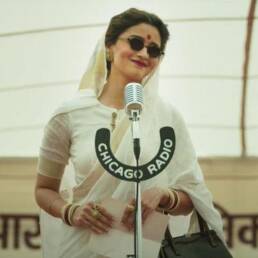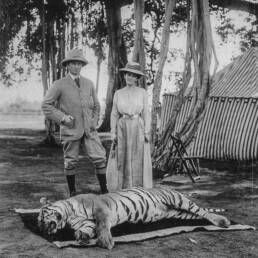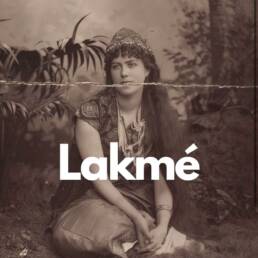With all due respect to Tara Singh, a hand pump is not just a symbol of patriotism but also a miraculous story of human ingenuity that had an impossible journey through Indian villages. And there was a Swedish inventor who tirelessly worked at Solapur to make it happen.
In the quest for safe drinking water in India, an incredible journey began after the country gained independence in 1947. However, it was during the period from 1981 to 1990 that this pursuit gained the highest momentum.
The turning point came in the 1960s when the Government of India reached out to UNICEF for assistance to save rural India from a devastating drought. In response, UNICEF flew in 11 Halco drilling rigs to the drought-stricken regions of Uttar Pradesh and Bihar.
To the water-deprived villagers, these machines were nothing short of miracles, delving deep into the earth to unveil life-sustaining water. And, it was just the beginning of a life changing journey.
According to Rural Water Supply Network, by 1974, UNICEF conducted a review of its water supply program in India, and the findings were alarming: a staggering 75% of the wells drilled in the previous seven years were not providing water.

The hand-pumps in use at the time, made of cast iron, were originally designed as simple family pumps in Europe and North America. They were never intended to endure the demands of serving hundreds of people for stretched hours.
Faced with this challenge, UNICEF and the Government of India, along with Indian manufacturer Richard & Cruddas and a handful of compassionate individuals embarked on a remarkable technological endeavour.
Their dream was to create a new community hand-pump that could meet the pressing needs of rural India. This endeavour gave birth to something which would go on to become the most widely used hand-pump in the world. The India Mark II.
But behind this monumental effort, there was an unsung hero—Oscar Carlsson. His inventive spirit and engineering prowess were instrumental in the development of the India Mark II. It was a technological wonder that began in Solapur, Maharashtra in the early 1970s.
Funded by the Swedish Covenant Church, the Solapur Well Service introduced a pivot design that significantly improved hand-pump functionality. And at the heart of this innovation was Oscar Carlsson – the guest from Sweden.
Oscar Carlsson, professionally a teacher, was a unique individual, blessed with an extraordinary imagination and the ability to turn his engineering skills into practical solutions for everyday technical and social challenges. He gave India a precious gift – the Solapur hand pump.
The Solapur hand pump, with its freely accessible design, served as the foundation for the India MK II development. Now, millions of MK II hand pumps can be found throughout the Indian subcontinent, Asia, and Africa, offering essential service to rural communities.
Without a doubt, UNICEF played the most crucial role in bringing the iconic pump to life, but it is equally true that without the pioneering work of the communities in Maharashtra, especially Oscar Carlsson and his Solapur pump, the India Mark II might never have existed.
In this forgotten chapter of history, the collaboration between UNICEF, government agencies, NGOs, and the brilliance of individuals like Oscar Carlsson created a lifeline for countless rural communities across India.
Sources:
How three handpumps revolutionised Rural Water Supplies: the India Mark II, Rural Water Supply Network – blog, https://rwsn.blog/2013/03/19/how-three-handpumps-revolutionised-rural-water-supplies-the-india-mark-ii/
Ruper Talbot, OSCAR CARLSSON (1928 – 2017) Inventor of the Sholapur Hand Pump, https://rwsn.blog/2013/03/19/how-three-handpumps-revolutionised-rural-water-supplies-the-india-mark-ii/, https://rwsn.blog/2017/02/10/oscar-carlsson-1928-2017-inventor-of-the-sholapur-hand-pump-basis-of-the-india-mark-ii-pump/
Arun Kumar Mudgal, India Handpump Revolution: Challenge and Change, https://www.rural-water-supply.net/_ressources/documents/default/1-436-2-1355213186.pdf




